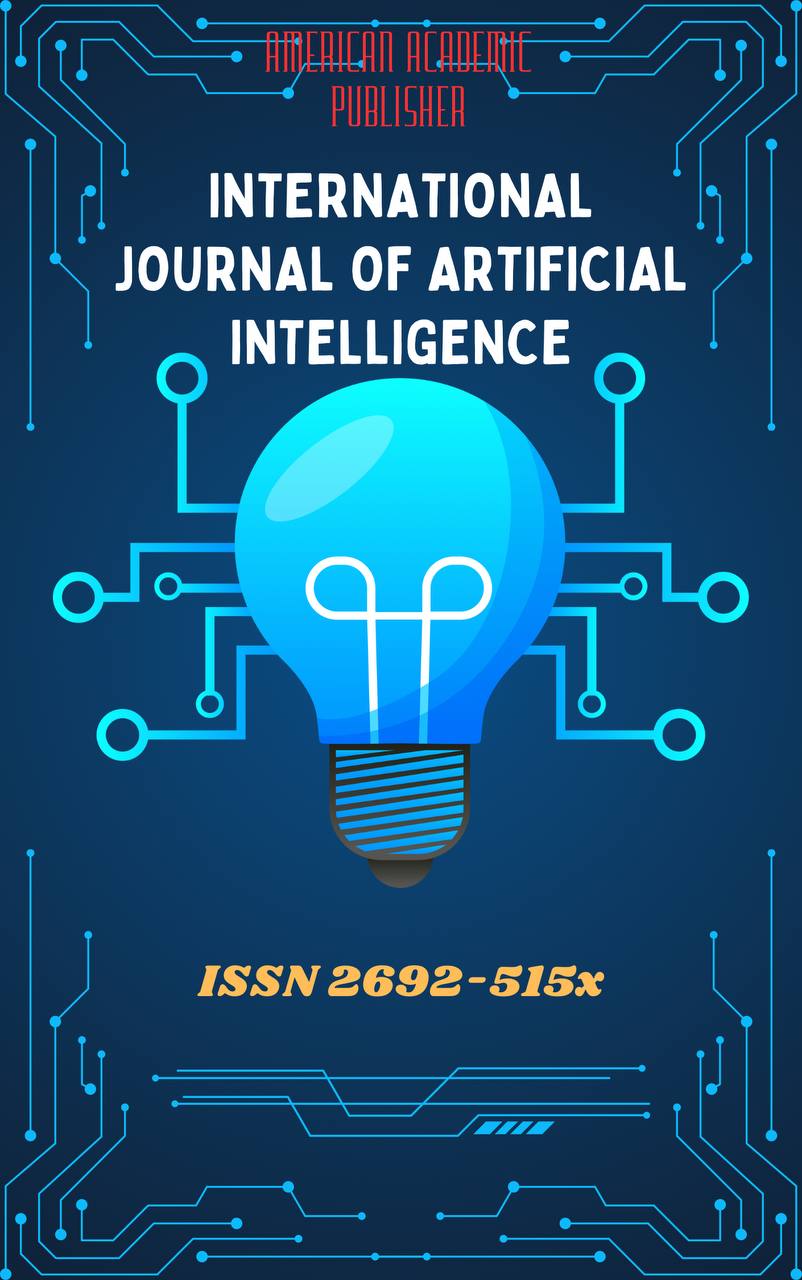 Articles
| Open Access |
Articles
| Open Access | TEACHING METHODS OF ENGLISH FOR PERSONS WITH DISABILITIES
Tulkinova Diyora Jurabekovna , Shahrisabz State Pedagogical Institute Faculty of Philology 3rd year student, Foreign Language and LiteratureAbstract
Teaching English to young people with disabilities requires innovative, inclusive, and flexible approaches that consider their individual needs and learning styles. The main goal is to create an environment where every learner can develop language skills effectively, regardless of physical, sensory, or cognitive limitations. Teachers should apply modern methods such as differentiated instruction, multisensory learning, and the use of assistive technologies to support communication and comprehension. Visual aids, interactive activities, and simplified materials can help students grasp vocabulary and grammar more easily. Moreover, emotional support and motivation play a crucial role in building learners’ confidence and willingness to communicate in English. Inclusive education not only enhances language proficiency but also promotes social integration, empathy, and equality among all students.
Keywords
Inclusive education, language learning, disabilities, differentiated instruction, assistive technology, multisensory learning, communication skills, motivation, social integration, teaching methodology
References
British Council. (2022). Teaching English to Students with Special Educational Needs. Retrieved from https://www.britishcouncil.org
Individuals with Disabilities Education Act (IDEA). (1990). U.S. Department of Education.
Farrell, M. (2019). Educating Learners with Disabilities: New Directions in Theory and Practice. Routledge.
Richards, J. C., & Rodgers, T. S. (2014). Approaches and Methods in Language Teaching. Cambridge University Press.
Article Statistics
Downloads
Copyright License

This work is licensed under a Creative Commons Attribution 4.0 International License.

